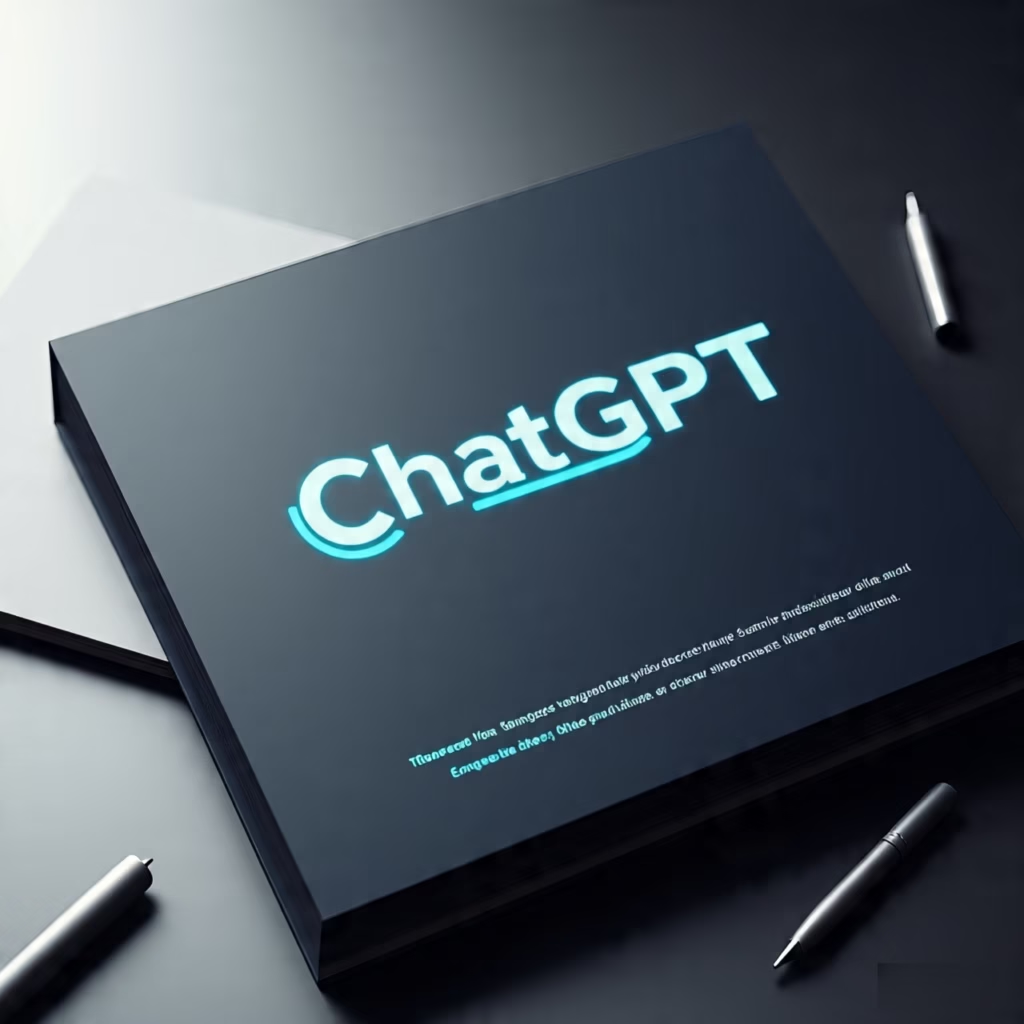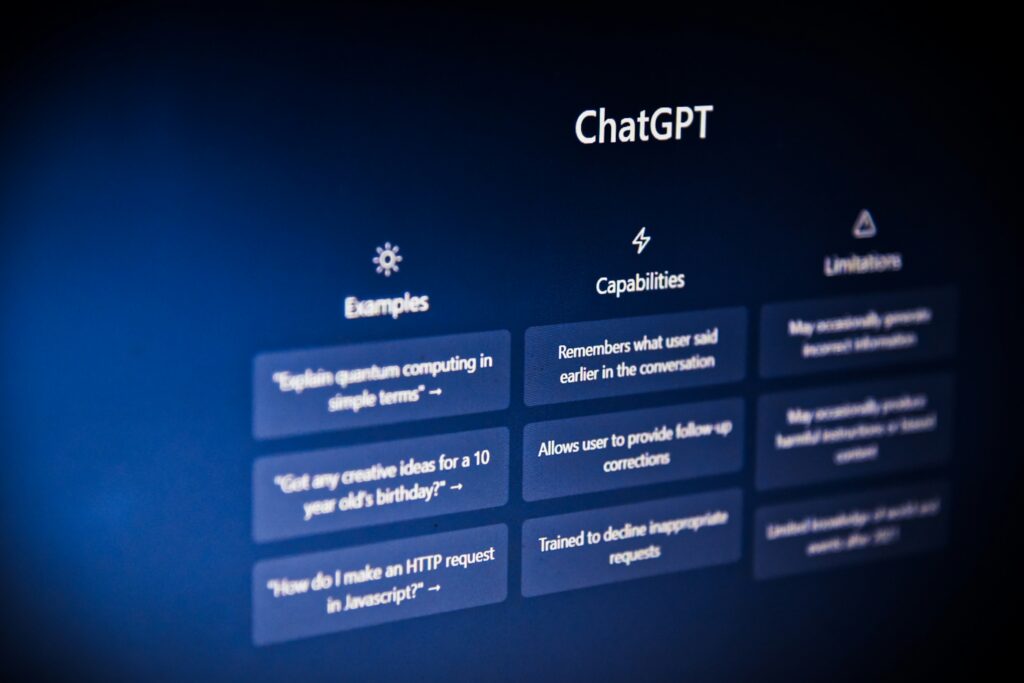The Ultimate ChatGPT Cheat Sheet: Expert’s Guide to Prompt Engineering, Features, and Future-Proofing Your AI Workflows (2025 Deep Dive)
Welcome, fellow AI adventurer! Whether you’re a prompt-curious newcomer or a power user yearning for the next level, this is your one-stop masterclass. Grab your digital notepad (or a real one, for the retro crowd) we’re about to break down the “Ultimate ChatGPT Cheat Sheet” and unlock secrets you won’t find in quick Google snippets.
A. What Makes the Perfect Prompt?
Picture prompt engineering as the secret recipe behind your favorite dish get it right, and the results are deliciously on point. The cheat sheet’s “Perfect Prompt Structure” offers a pie chart breakdown:
- 40% Context Dump: Set the stage. Introduce the situation, domain, or background. Example: “You are an academic writing coach specializing in non-native speakers.”
- 30% Output Format Request: Say what you want back. Do you want a bulleted list, a table, or a detailed essay? Clarity here is king.
- 20% Goal: What exactly should the model do? Summarize? Argue? Design? The more explicit, the better.
- 10% Optional Twist: Add examples, tone, or style instructions. Even a single bullet here can bend a whole essay to your will.
Why does structure matter? Because language models thrive on clarity and specificity. A prompt like “Summarize the following text” yields something basic. But slap on “Summarize the following text, add three action points, and format as a LinkedIn post in a friendly tone,” and magic happens.
Real-Life Hack: Think of your prompt as talking to a well-meaning intern on day one spell out every step you want, and you’ll rarely be disappointed.
(For in-depth frameworks, see the [OpenAI Prompt Engineering Guide].)
B. Understanding ChatGPT Models: From GPT-3 to 4.5 and Beyond
Not all “GPT”s are created equal! The models cheat sheet covers:
| Model | Launch | Key Strengths | Use Case | Trade-Offs |
|---|---|---|---|---|
| GPT-4, 4o, 4.5 | 2023-25 | Most accurate, largest context | Research, coding, deep content | Slower, pricier |
| 03-mini | 2024 | Fast, low cost, image support | Quick Q&A, basic chat | Surface-level answers |
| Deep Research | 2025 | Long-form retrieval, citations | Reports, academic, workflow | Overkill for everyday use |
| Alt. LLMs | 2024-25 | Claude, Gemini, Llama options | Privacy or non-English tasks | Varies by platform |
Pro tip: Start complex, then trade down. If you need rapid brainstorming, “03-mini” is great. For coding or deep dives, go with “GPT-4o” or “4.5”.
(Compare models directly at the [OpenAI Model Reference].)
C. Essential Use Cases for ChatGPT in 2025
AI isn’t just for techies! Here’s how savvy pros leverage ChatGPT daily:
- Employee training: Scenario practice, quick onboarding checklists, tailored FAQs.
- Customer support: Fast responses, multi-language translations, empathy simulation.
- Content creation: Blog outlines, product descriptions, instant SEO audits.
- Market research: Competitive analysis, user persona generation, trend summaries.
- Decision support: Pros/cons lists, counter-argument generation, bias checks.
True story: An HR lead uses ChatGPT to write safety manuals, draft policy Q&A, and explain legal updates all in under an hour.
(For business-focused inspiration, see [Harvard Business Review on AI Use Cases].)
D. The Secret Sauce: Prompting Frameworks and Techniques Explained
If prompt engineering were a kitchen, these are your best utensils:
- SUDO: “Act as…” prompts. E.g., “Act as a career coach…”
- Roleplay: Assign persona and output type. “You are a cynical venture capitalist. Here’s my pitch give harsh feedback in bullets.”
- Chained Prompting: Step-by-step output, asking each question in a series.
- Custom Instructions: Set your preferences (tone, style, format) up front.
- Deliberate Alignment: Specify values, sensitivity levels, or perspective needed.
Sample Prompt:
“You are a compliance officer. Review the following contract for risks and summarize your findings in a table (columns: Clause, Risk, Recommendation). Use formal legal language, but be concise.”
Framework Myth-Busting: It’s not about complexity it’s about relevance. The best prompts are clear, concise, and purpose-driven.
(Find crowd-sourced prompt magic at the [GitHub Awesome ChatGPT Prompts Repository].)
E. ChatGPT Features You’re Not Using (But Should Be)
Unlock the true power:
- Custom GPTs: Train bots with unique data, rules, or styles.
- Code Interpreter: Analyze data, plot trends, crunch numbers inside the chat.
- File Uploads: Summarize, analyze, or transform PDFs, spreadsheets, and images.
- Memory: Let ChatGPT “remember” your preferences session-to-session.
- Plugins: Integrate 3rd-party tools for data lookup, calendar management, and more.
Productivity Hack: Automate your weekly review upload your calendar, ask for highlights and areas to improve, and get a personalized plan.
(Explore features in the [Official OpenAI Documentation].)
F. Output Formats and Alternatives
ChatGPT is your Swiss Army knife for content output:
- Tables: Quick comparisons, ROI analysis
- Charts: Visualize trends, predict scenarios
- Checklists: Step-by-step processes
- Mind-maps: Organize blog ideas, workflows
- Slide decks: Outlines for presentation tools
Alternatives When Needed:
- Claude: For longer context, legal analysis
- Gemini & Llama: Privacy, multilingual, or open-source preference
(Get a side-by-side review at [PCMag’s AI Chatbot Comparison].)
G. Prompting Techniques for Better Results: Tips, Pitfalls, FAQs
Top Advanced Techniques:
- Few-shot examples: Give specific input/output pairs.
- Iterative prompts: Refine: “Great. Now add references. Next, shorten to 150 words.”
- Chained/stepwise queries: Build up answers, step by step.
Common Pitfalls:
- Context dump overload: Dumping manuals or raw data can confuse, not help.
- Vague goals: “Help me with a project” yields generic advice.
- Ignoring output format: Always specify if you want bullets, tables, or stories.
People Also Ask (FAQ):
- How do I avoid bad outputs?
Use precise instructions, limit ambiguity, and break tasks into steps. - How is semantic structure different from keyword stuffing?
Semantic SEO means related meaning and intent coverage, not repetition aim for “clarity that clusters” over “density that clutters.”
(Brush up on semantics at [Search Engine Journal – Semantic SEO].)
H. Key Terms Every Prompt Engineer Must Know
| Term | Definition (2025) |
|---|---|
| Deliberate Alignment | Prompting LLMs to reflect specific value systems or user intent. |
| Synthetic Data | Computer-generated data used to augment model training and testing. |
| Function Call | Directly instructing an LLM to trigger an action or external plugin. |
| Output Bias | Tendency for a model to prefer certain responses; can be mitigated through careful prompt engineering. |
| Few-shot Learning | Providing examples to teach the model by analogy. |
| Context Window | The max amount of text a model “remembers” at once. |
| Chained Prompting | Running multiple LLM prompts in sequential steps for higher accuracy. |
| Roleplay Prompting | Assigning the bot a persona or function within the task. |
(Explore full vocabulary at [Stanford AI Glossary].)
Infographic Insights & Key Stats Table
Infographic Takeaways:
- Ideal prompt = 40% context, 30% output format, 20% goal, 10% nuance.
- “GPT Models” matrix: know when to swap in “Mini” for speed, “Research” for depth.
- Features like file upload, plugins, and memory are no longer optional they’re the growth hacks of 2025.
| Feature/Model | Best For | Speed | Cost | Depth |
|---|---|---|---|---|
| GPT-4/4o/4.5 | Deep writing/coding | Medium | High | Max |
| 03-mini | Quick text, Q&A | Fast | Low | Fair |
| Deep Research | Academic, legal, citations | Slow | High | Highest |
| Claude/Gemini/Llama | Custom, privacy, free | Fast | Free-$ | Varies |
Three Persona-Based Prompt Examples
- Act as a Productivity Coach:
“You are a time-management guru. Read my to-do list (below). Suggest how to batch tasks for max efficiency and flag any likely distractions. Output as a 2-column table: Task | Time-Saving Tip.” - Act as a Marketing Expert:
“You’re a SaaS marketing director. Review this blog introduction and rewrite for B2B customers, adding three ‘pain points’ and two call-to-actions. Format as a persuasive email draft.” - Act as a Medical Researcher:
“Imagine you’re an epidemiologist specializing in rare diseases. Summarize key findings from the following abstract. List limitations and propose two follow-up research questions.”
How to Become a ChatGPT Power User in 30 Days: Actionable Next Steps
- Week 1–2: Practice writing prompts using the 40/30/20/10 rule. Test different goal-output combos.
- Week 3: Explore advanced features—try memory, plugins, and file uploads in real tasks.
- Week 4: Benchmark different models on your workflows. Identify best-fit for cost, speed, and accuracy.
- Every Day: Share your prompt experiments in a community, noting what works (and what flops).
Engagement & Conversion Corner
- Download: Grab our “Prompt Builder Worksheet” to craft, tweak, and store your best prompts (link to lead magnet on your site).
- Call to Action: What’s your favorite prompt hack? Drop it below!
- Quiz: Are you a Prompt Novice, Power User, or LLM Sensei? Take our self-assessment to find out.
- Resource Hub: Links to prompt engineering courses, productivity plugin guides, and generative AI forums.
Concluding Takeaway
The era of AI mastery hinges not just on using cool tools, but on commanding how you talk to them. Master these structures, experiment with frameworks, and you’ll future-proof every workflow no matter how AI evolves. Start today, iterate often, and remember: with the right prompt, you truly hold the world’s most powerful pen.
Contextual backlinks for further learning and enrichment:
- OpenAI Prompt Engineering Guide
- OpenAI Model Reference
- Harvard Business Review on AI Use Cases
- GitHub Awesome ChatGPT Prompts
- PCMag AI Chatbot Comparison
- Search Engine Journal – Semantic SEO
- Stanford AI Glossary
So—ready to level up? Your 30-day journey to AI mastery starts now.
Keywords: ChatGPT cheat sheet, prompt engineering, best ChatGPT prompts, AI productivity tools 2025, semantic SEO, large language models, generative AI frameworks, advanced prompting techniques, AI chatbot features, ChatGPT models comparison, AI workflow optimization, prompt engineering best practices, AI automation hacks, ChatGPT use cases 2025, AI language models, semantic search optimization, AI content creation, Custom GPTs, AI plugin integration, code interpreter AI
Disclaimer: Transparency is important to us! This blog post was generated with the help of an AI writing tool. Our team has carefully reviewed and fact-checked the content to ensure it meets our standards for accuracy and helpfulness. We believe in the power of AI to enhance content creation, but human oversight is essential.





